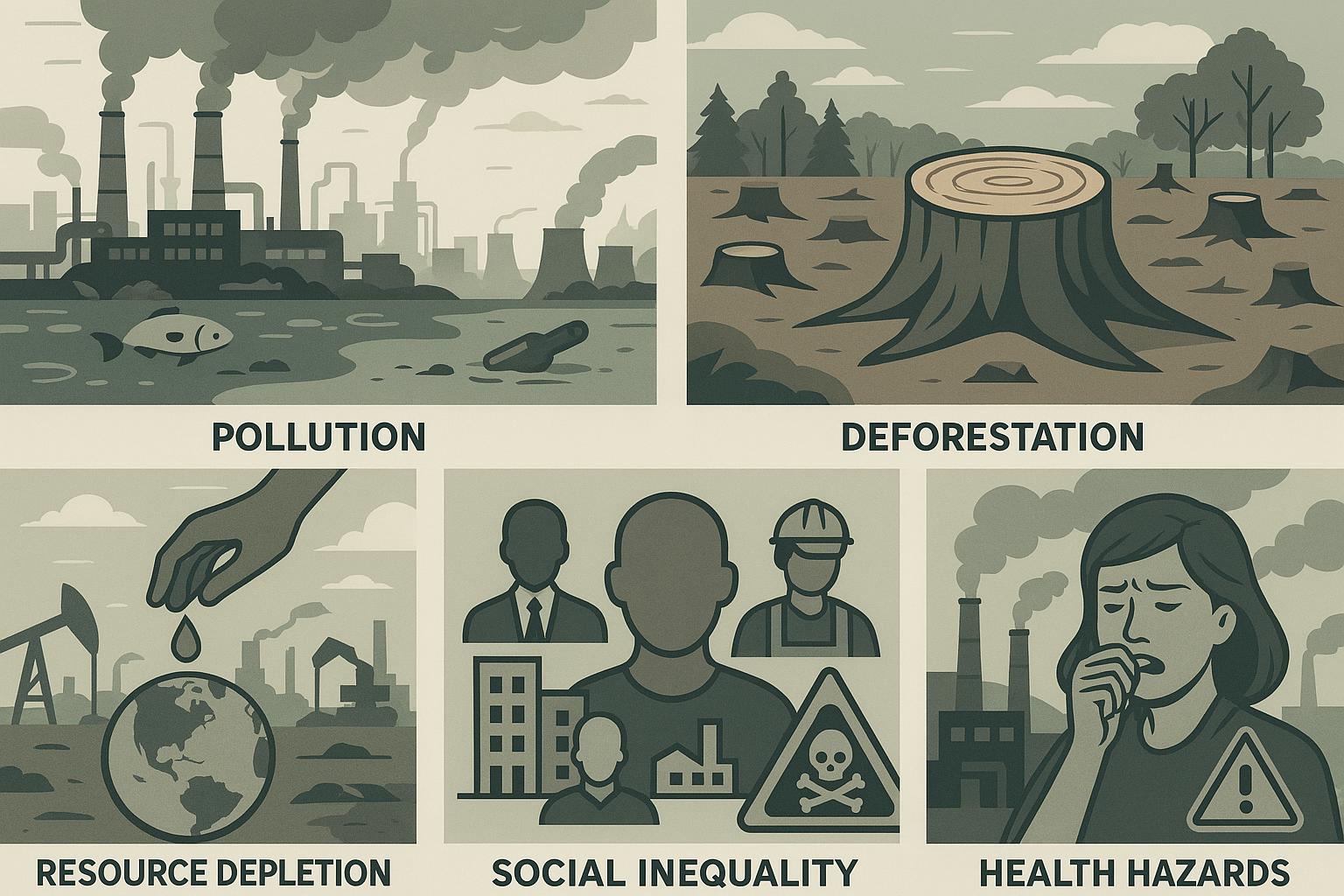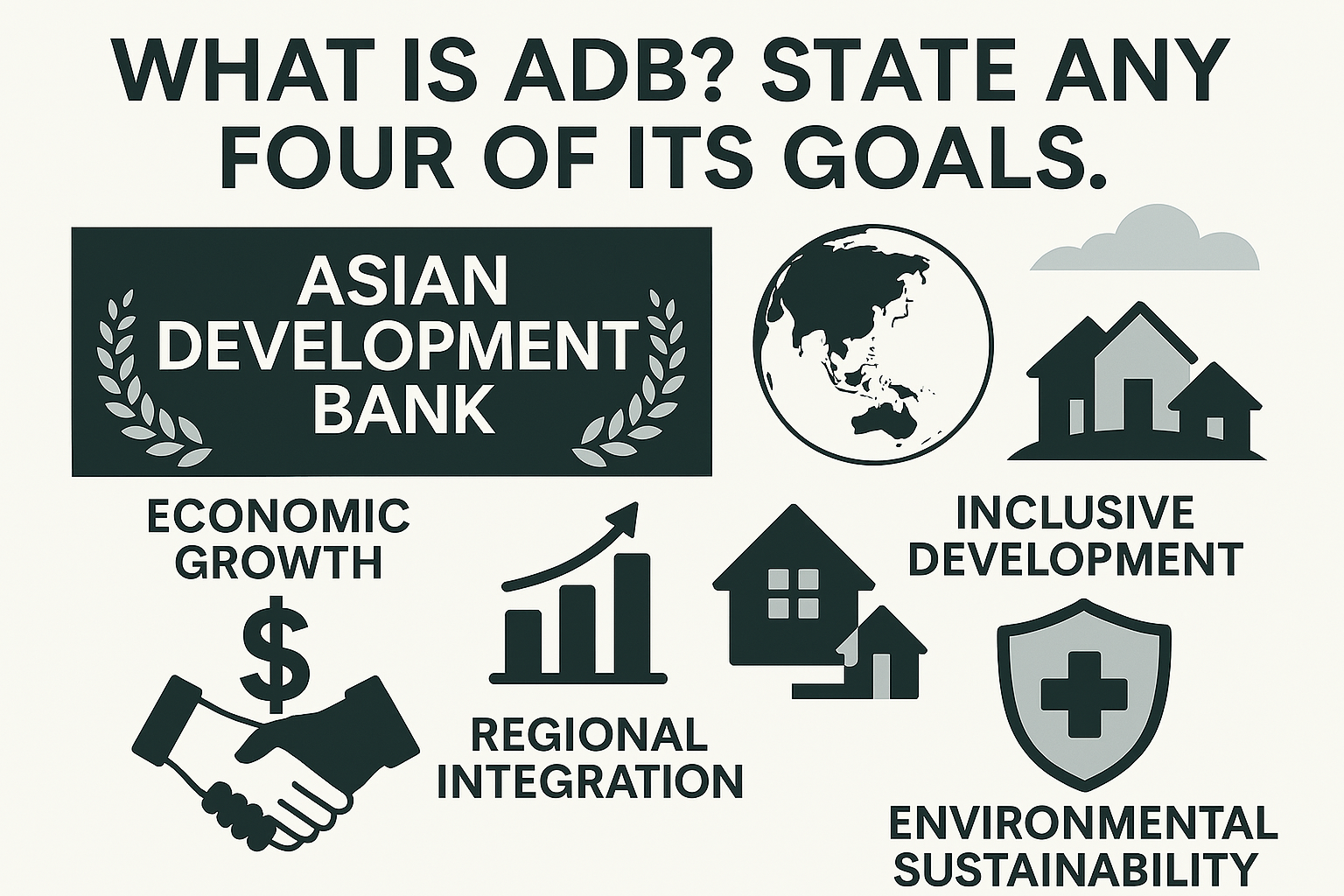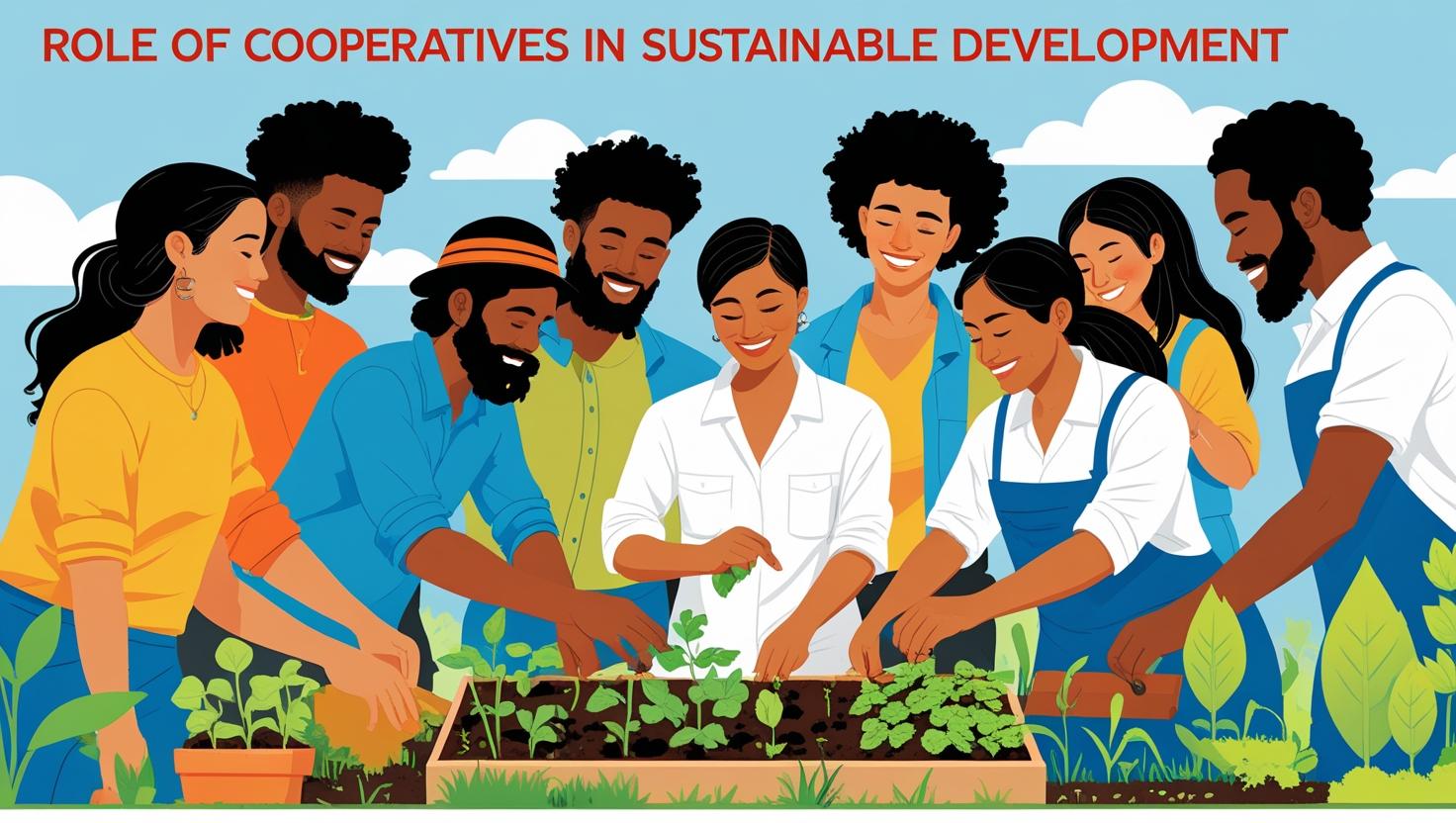Industrialization, while being a driver of economic growth, modernization, and technological advancement, has also had numerous adverse impacts on the environment and society. The large-scale mechanization, establishment of factories, mass production, and resource-intensive nature of industrial processes have led to a significant transformation of both natural ecosystems and social structures. While these transformations have brought some positive outcomes—such as employment generation and urban development—the harmful consequences, especially when unchecked or mismanaged, have been deeply problematic and long-lasting.
One of the most severe environmental consequences of industrialization is pollution, which manifests in various forms—air, water, soil, and noise. Factories emit large quantities of pollutants such as carbon monoxide, sulfur dioxide, and nitrogen oxides, contributing to air pollution that leads to respiratory diseases, acid rain, and global warming. Water bodies are often contaminated by the discharge of untreated industrial effluents containing heavy metals, chemicals, and organic waste. This leads to the degradation of aquatic ecosystems, loss of biodiversity, and serious health hazards for communities dependent on such water sources.
Another consequence is deforestation and habitat destruction due to the demand for raw materials and space for industrial infrastructure. Forests are cleared for mining, factory construction, and urban expansion, leading to a loss of biodiversity, disruption of local climates, and a reduction in carbon sequestration capacity of forests. The destruction of natural habitats also threatens indigenous communities and traditional ways of life, leading to displacement and cultural loss.
A third harmful impact is climate change, which is largely driven by industrial emissions of greenhouse gases like carbon dioxide and methane. The burning of fossil fuels in factories and power plants, along with vehicular emissions and deforestation, has led to a rise in global temperatures. This in turn has resulted in melting polar ice, rising sea levels, erratic weather patterns, and an increase in the frequency and intensity of natural disasters such as floods, droughts, and cyclones. Industrialization is thus a central factor in the ongoing global climate crisis.
On the societal front, industrialization has often led to urban overcrowding and the growth of slums. Rapid industrial development attracts rural populations to cities in search of employment, but the lack of adequate housing and infrastructure leads to the formation of congested, unsanitary, and underserved urban settlements. These slums are typically characterized by poverty, lack of basic services like clean water and sanitation, and exposure to environmental hazards, resulting in poor health outcomes and social marginalization.
Another critical consequence is the widening of social and economic inequalities. Industrialization, especially when driven by profit motives and dominated by private capital, tends to benefit certain regions and classes more than others. The concentration of wealth and power in industrial hubs leads to the neglect of rural areas, agricultural sectors, and informal workers. Moreover, labor exploitation, including low wages, unsafe working conditions, and child labor, are often associated with the darker side of industrial growth.
In conclusion, while industrialization is essential for economic progress, its environmental and societal costs cannot be ignored. Pollution, climate change, habitat destruction, social displacement, and inequality are just a few of the many harmful consequences that result from unsustainable industrial practices. Therefore, it is imperative to transition towards more sustainable industrial models that incorporate environmental safeguards, equitable labor policies, and community welfare into their core strategies. Concepts like green manufacturing, circular economy, and corporate social responsibility offer pathways to mitigate these negative effects and promote a more inclusive and environmentally responsible industrialization process.







Leave a Reply